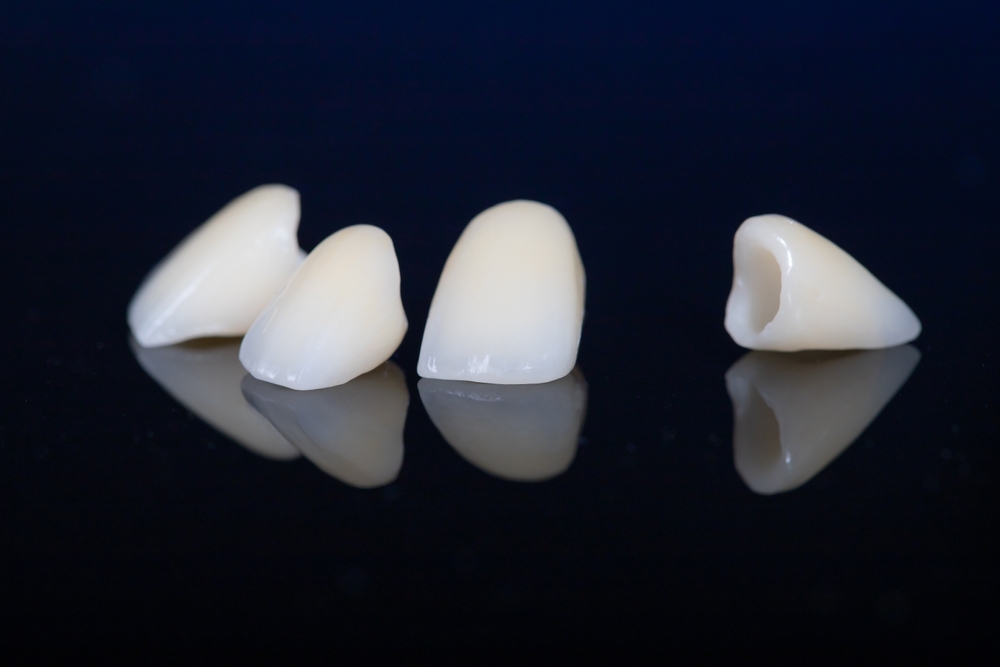In recent years, the field of aesthetic dentistry has seen significant advancements, with metal-free restorations becoming a preferred choice for both patients and dental professionals. These modern restorations offer numerous benefits that align with the increasing demand for natural-looking and durable dental solutions. In this blog, we will explore the importance of metal-free restorations in aesthetic dentistry and why they have become a cornerstone of contemporary dental practices.
The Rise of Metal-Free Restorations
Traditional dental restorations often involved the use of metal alloys, such as gold, palladium, or silver amalgam, to create crowns, bridges, and fillings. While these materials are durable, they have several drawbacks, particularly in terms of aesthetics and biocompatibility. The introduction of metal-free materials, such as ceramics and composite resins, has revolutionized the approach to dental restorations.
Advantages of Metal-Free Restorations
Enhanced Aesthetics
One of the most significant advantages of metal-free restorations is their superior aesthetic appeal. Ceramic and composite materials can be closely matched to the natural color and translucency of teeth, providing a seamless and natural look. Unlike metal restorations, which can appear dark or cause a grayish tint to the surrounding gum tissue, metal-free options blend harmoniously with the patient’s existing teeth, making them virtually indistinguishable.
Improved Biocompatibility
Metal-free restorations are highly biocompatible, reducing the risk of allergic reactions and sensitivities that some patients experience with metal alloys. Materials like zirconia and porcelain are well-tolerated by the body, making them an excellent choice for patients with metal allergies or sensitivities.
Superior Strength and Durability
Advancements in dental materials have led to the development of high-strength ceramics and composites that offer excellent durability and longevity. Zirconia, for instance, is renowned for its exceptional strength and resistance to wear and fracture, making it suitable for both anterior and posterior restorations. These materials can withstand the forces of chewing and grinding, ensuring that restorations last for many years.
Preservation of Natural Tooth Structure
Metal-free restorations often require less removal of the natural tooth structure compared to metal-based options. This conservative approach helps preserve the integrity of the tooth, promoting better long-term oral health. Additionally, the adhesive bonding techniques used with composite resins and ceramics create a strong bond between the restoration and the tooth, further enhancing the tooth’s strength and stability.
Versatility in Application
Metal-free materials are incredibly versatile and can be used in various dental restorations, including crowns, bridges, veneers, inlays, and onlays. This versatility allows dental professionals to address a wide range of aesthetic and functional concerns, providing customized solutions tailored to each patient’s unique needs.
The Role of Dental Labs in Metal-Free Restorations
Dental laboratories are at the forefront of the shift towards metal-free restorations, playing a crucial role in the design, fabrication, and delivery of these advanced dental solutions. Here are some key ways dental labs contribute to this trend:
Advanced Material Expertise
Dental labs are equipped with extensive knowledge and expertise in the latest metal-free materials, such as zirconia, lithium disilicate, and advanced composite resins. This expertise allows them to select the most appropriate material for each restoration, ensuring optimal aesthetics and durability.
Cutting-Edge Technology
The integration of cutting-edge technology in dental labs has been instrumental in the rise of metal-free restorations. Technologies such as Computer-Aided Design and Computer-Aided Manufacturing (CAD/CAM) systems enable precise digital impressions and the accurate milling of restorations. This technology ensures a perfect fit and exceptional quality, which are critical for the success of metal-free restorations.
Customization and Personalization
Dental labs excel in customizing and personalizing restorations to match the unique characteristics of each patient’s teeth. Skilled dental technicians use digital tools and traditional artistry to create restorations that blend seamlessly with the patient’s natural dentition, taking into account factors such as color, translucency, and shape.
Quality Control and Assurance
Maintaining high standards of quality control and assurance is essential in the fabrication of metal-free restorations. Dental labs implement rigorous quality checks throughout the production process, from material selection to the final finishing touches. This attention to detail ensures that each restoration meets the highest standards of aesthetics, fit, and function.
Collaboration with Dentists
Dental labs work closely with dentists to ensure that the restorations meet the specific needs and preferences of patients. This collaboration involves detailed communication about the patient’s dental anatomy, bite dynamics, and aesthetic goals. By working together, dentists and dental labs can achieve the best possible outcomes for patients.
Conclusion
The shift towards metal-free restorations in aesthetic dentistry marks a significant advancement in the field, offering patients numerous benefits in terms of aesthetics, biocompatibility, strength, and tooth preservation. As the demand for natural-looking and durable dental solutions continues to grow, metal-free restorations will undoubtedly remain a cornerstone of modern dental practices. By embracing these innovative materials and techniques, dental professionals can provide their patients with the best possible outcomes, enhancing both their smiles and their overall oral health.




